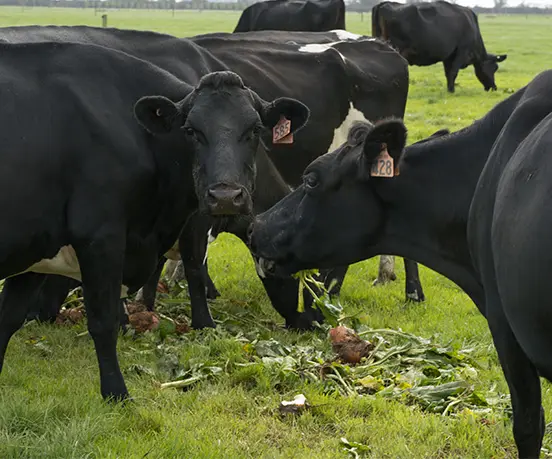We need to stop treating the dry period as just a rest between lactations and understand that it’s a significant biological reset that impacts the health and productivity of the next lactation. While the transition period is often considered the most important time, what happens during the dry period sets the stage for success. Managing this period well allows you to address potential issues early, improve herd performance, and maximise the next season’s returns.
Biology of the dry period
During the dry period, a cow’s body undergoes significant changes – her mammary tissue regenerates and repairs itself from the stresses of lactation. Her immune system, often suppressed during peak milk production, needs time to recover. Metabolic reserves are refilled to prepare her for the heavy demands of calving and early lactation.
However, these processes don’t happen automatically – they need well-thought-out management. Poor dry-off preparation can compromise the above changes, increasing the risk of metabolic disorders like ketosis and milk fever and leaving cows unprepared for the challenges of early lactation. Farmers who milk for too long, effectively shortening the dry period, do not allow adequate mammary gland and immune system recovery time. Cows require lower levels of feed during this period, however quality is important as it is an essential time to maintain a high level of nutrition.

Nutrition and mineral science
Research shows that nutrition during the dry period directly impacts the success of the next lactation. Ensuring an appropriate dietary cation-anion difference (DCAD) in the weeks leading up to calving goes a long way to reducing the risk of milk fever. Cows with inadequate magnesium or calcium levels also risk metabolic issues, leading to lower milk yields and higher treatment costs. Adequate levels of phosphorus are also essential as deficiencies in this element can gradually build up over the previous season. The impact of a phosphorus deficiency around calving time can be sudden and serious.
Trace minerals like selenium, zinc, and copper support immune function, reproduction, and overall herd health. Selenium, in particular, is critical for reducing retained placentas, while zinc supports udder health and tissue repair. Due to this, Agvance scientifically formulates mineral supplements tailored to these needs, ensuring cows enter the transition period with adequate reserves.
The quality of mineral supplementation matters just as much as the quantity. Using highly bioavailable mineral forms ensures cows can absorb and utilise these nutrients effectively, which improves calving, milk production, and reproductive performance in the next lactation.
The importance of body condition
Body condition in the dry period will influence a cow’s future performance. Over-conditioned cows face a higher likelihood of calving complications and ketosis, while under-conditioned cows will struggle to meet the energy demands of early lactation.
Cows must enter transition with a body condition score (BCS) of 5.0-5.5. Achieving this balance requires close monitoring during the dry period, especially for high-producing cows prone to rapid weight changes. Be strategic with your feed planning and monitor consistently to avoid over or underfeeding.
Practical steps for better dry cow management
Plan your dry cow management early and speak to your vet or nutritionist about what’s right for your herd. Feed balanced nutrition to address specific mineral and energy requirements and use good quality products you can trust to build sufficient nutrient reserves. Regular BCS monitoring means you can adjust feeding before cows become over or under-conditioned. And finally, dry-off itself should be controlled, with cows in low-stress environments to prevent strain on their immune systems and overall health.
Long-term benefits of dry cow management
Prioritising the dry period can mean improvements across the board:
- Higher peak milk production: Cows with good body condition and mineral reserves are better equipped to achieve higher milk yields.
- Reduced health issues: Proactive management lowers the risk of milk fever, retained placentas, and ketosis.
- Improved fertility: Proper mineral supplementation and nutritional management improve reproductive outcomes.
- Increased herd longevity: Healthier cows are productive for longer, reducing replacement costs.
Starting the season strong
The dry period is an underappreciated yet absolutely critical phase in the dairy production cycle. It’s a time when small decisions can hugely affect herd health and performance, from calving to peak milk and reproduction. Starting the season strong begins at dry-off, not transition. The earlier the preparation, the more productive and profitable the season will be.
First published in Dairy News February 2025
Sources
